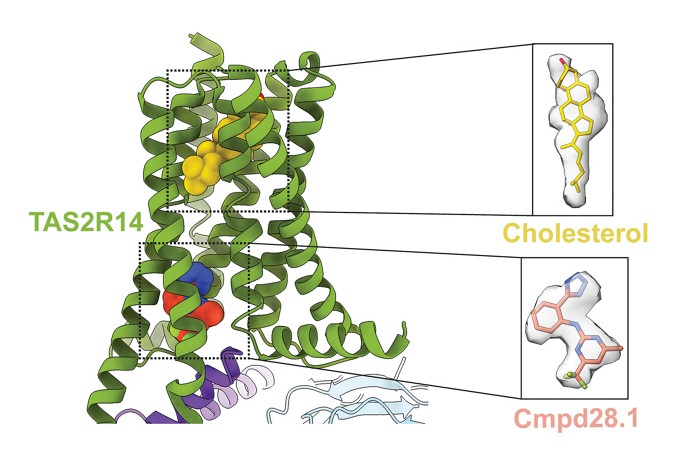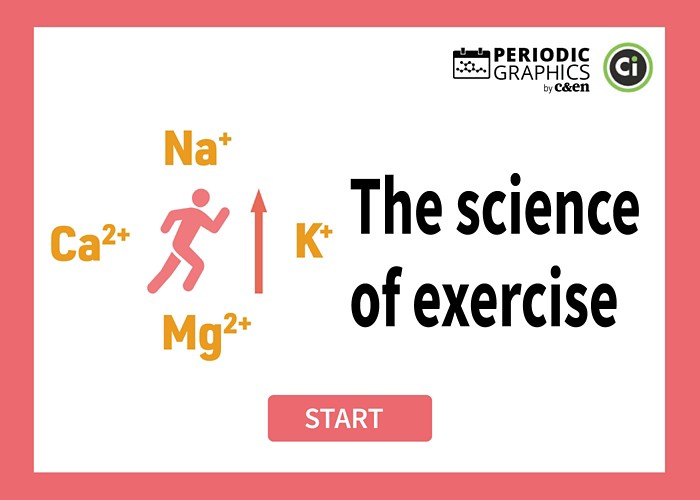Advertisement
Grab your lab coat. Let's get started
Welcome!
Welcome!
Create an account below to get 6 C&EN articles per month, receive newsletters and more - all free.
It seems this is your first time logging in online. Please enter the following information to continue.
As an ACS member you automatically get access to this site. All we need is few more details to create your reading experience.
Not you? Sign in with a different account.
Not you? Sign in with a different account.
ERROR 1
ERROR 1
ERROR 2
ERROR 2
ERROR 2
ERROR 2
ERROR 2
Password and Confirm password must match.
If you have an ACS member number, please enter it here so we can link this account to your membership. (optional)
ERROR 2
ACS values your privacy. By submitting your information, you are gaining access to C&EN and subscribing to our weekly newsletter. We use the information you provide to make your reading experience better, and we will never sell your data to third party members.
Biochemistry
Oxidizing molecules trigger tardigrades’ dormancy
The microscopic animals’ cysteine-based sensors cue the critters to curl up into a dormant ball
by Carolyn Wilke, special to C&EN
January 23, 2024

Among animals, microscopic tardigrades stand alone in their ability to withstand truly extreme temperatures, as well as other stresses, such as dessication. To survive some of these scenarios, tardigrades shrivel into a ball called a tun and go dormant. New research reveals the chemical-sensing system that begins this process (PLOS One 2024, DOI: 10.1371/journal.pone.0295062).
Scientists have been working to untangle how these animals, also called water bears, get into and out of the tun state. And while researchers have observed the presence of reactive oxygen species, unstable molecules that often appear in organisms under stress, their role hasn’t been clear. “We’ve shown that these reactive oxygen species are essential for tun formation,” says Derrick R. J. Kolling, a chemist at Marshall University.

Kolling, chemist Leslie M. Hicks of the University of North Carolina at Chapel Hill, and their colleagues became curious about the process after measuring tardigrades’ production of reactive oxygen species. They wondered if the molecules might be part of a single mechanism behind tun formation. So they added hydrogen peroxide to form an oxidizing environment for the water bears. The critters curled up, suggesting that reactive oxygen species signaled the creatures to protect themselves. When the researchers later removed the oxidizing environment, the tardigrades emerged from their tuns.
Reactive oxygen species can be damaging for cells, which often use systems based on cysteine to deal with the stress. With a hunch that the same molecule might be involved in this case, the team used a chemical to block the tardigrades’ cysteine so the molecules couldn’t be oxidized by the reactive oxygen species. “The tardigrades seem perfectly happy after being blocked until the stressor was introduced and it killed them,” Kolling says.
The work reveals that tardigrades rely on a reversible system—the oxidation and reduction of cysteine—to enter and exit dormancy. “There’s controlled systems that are allowing this to happen,” Hicks says. “They have to rehydrate and then unfurl and come back out.”
The work is “very inspirational,” says Hans Ramløv, who is a comparative physiologist at Roskilde University and wasn’t part of the study. The research also opens new ways to explore the mystery of how water bears emerge unscathed after years or even decades of dormancy. For instance, researchers can study whether the formation of reactive oxygen species is linked to the synthesis of certain molecules. “We still cannot explain how does an animal shut down its metabolism and restart it,” he says.




Join the conversation
Contact the reporter
Submit a Letter to the Editor for publication
Engage with us on Twitter